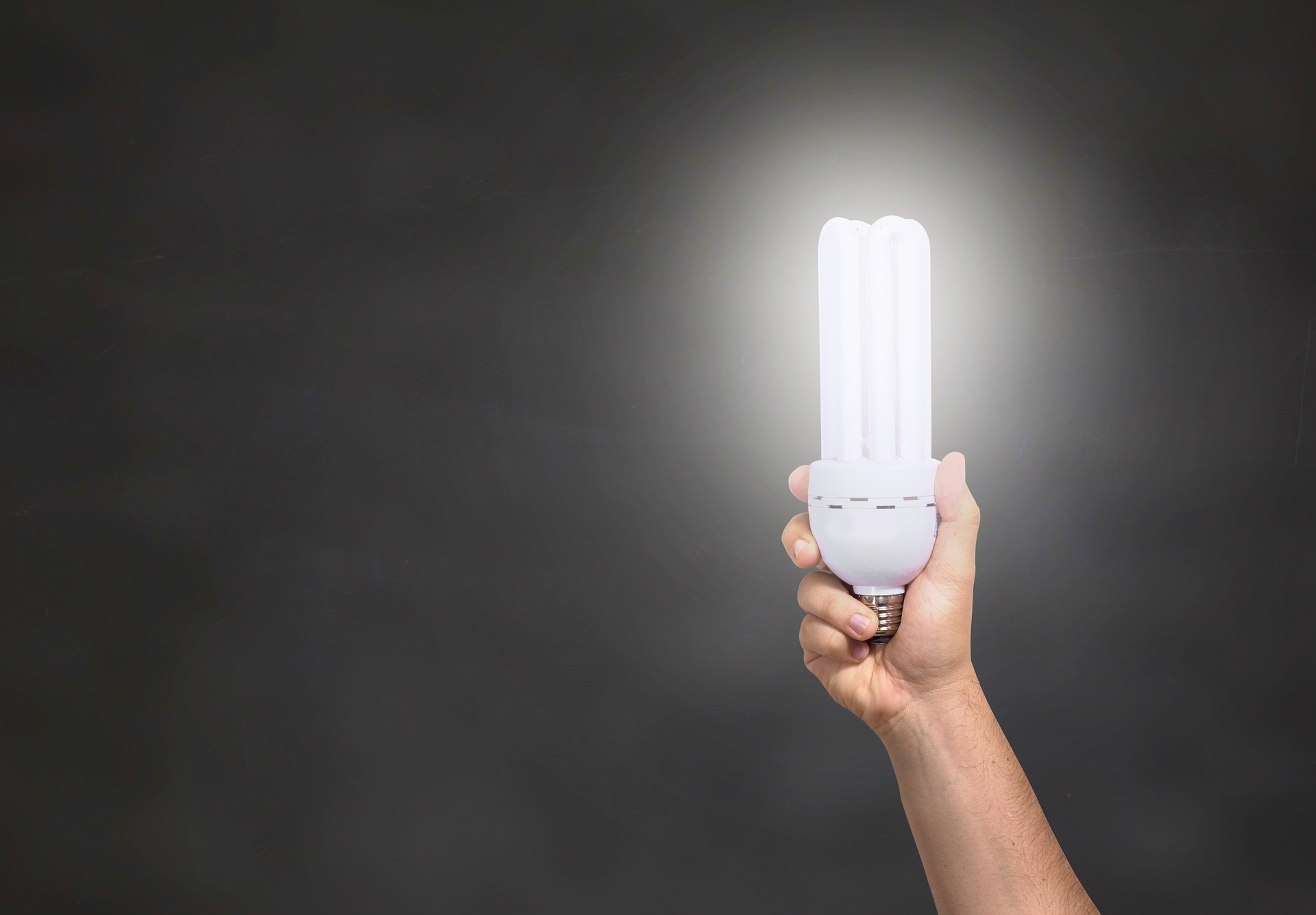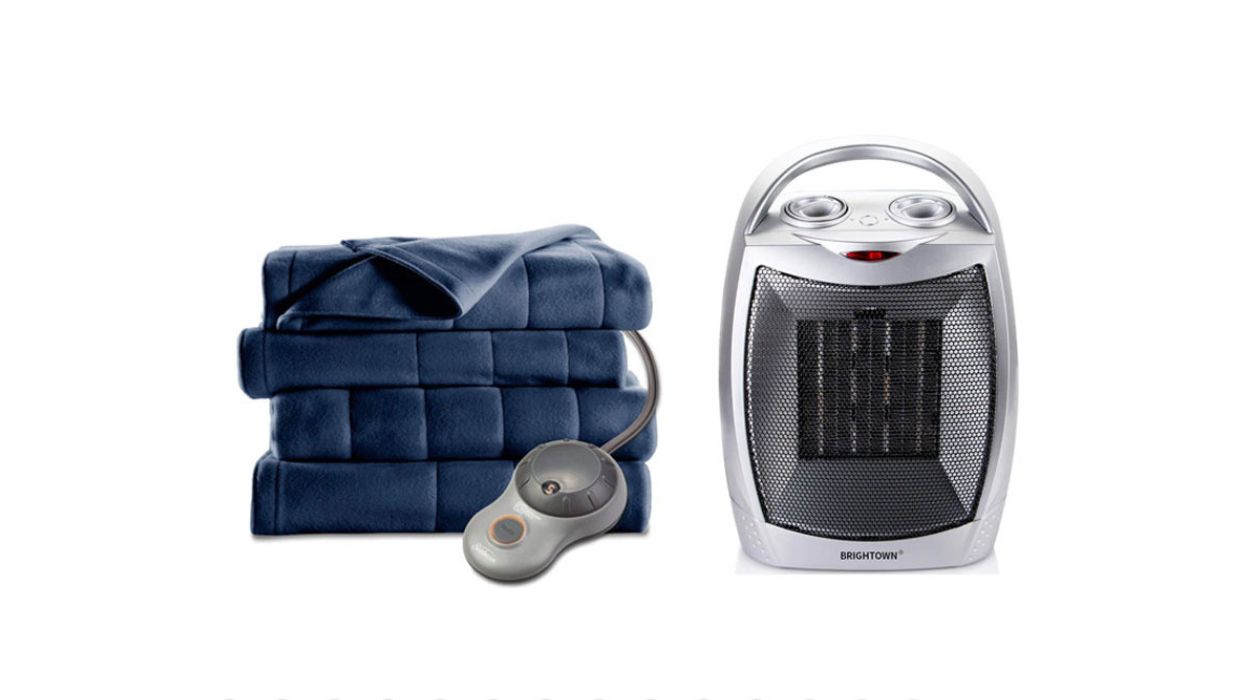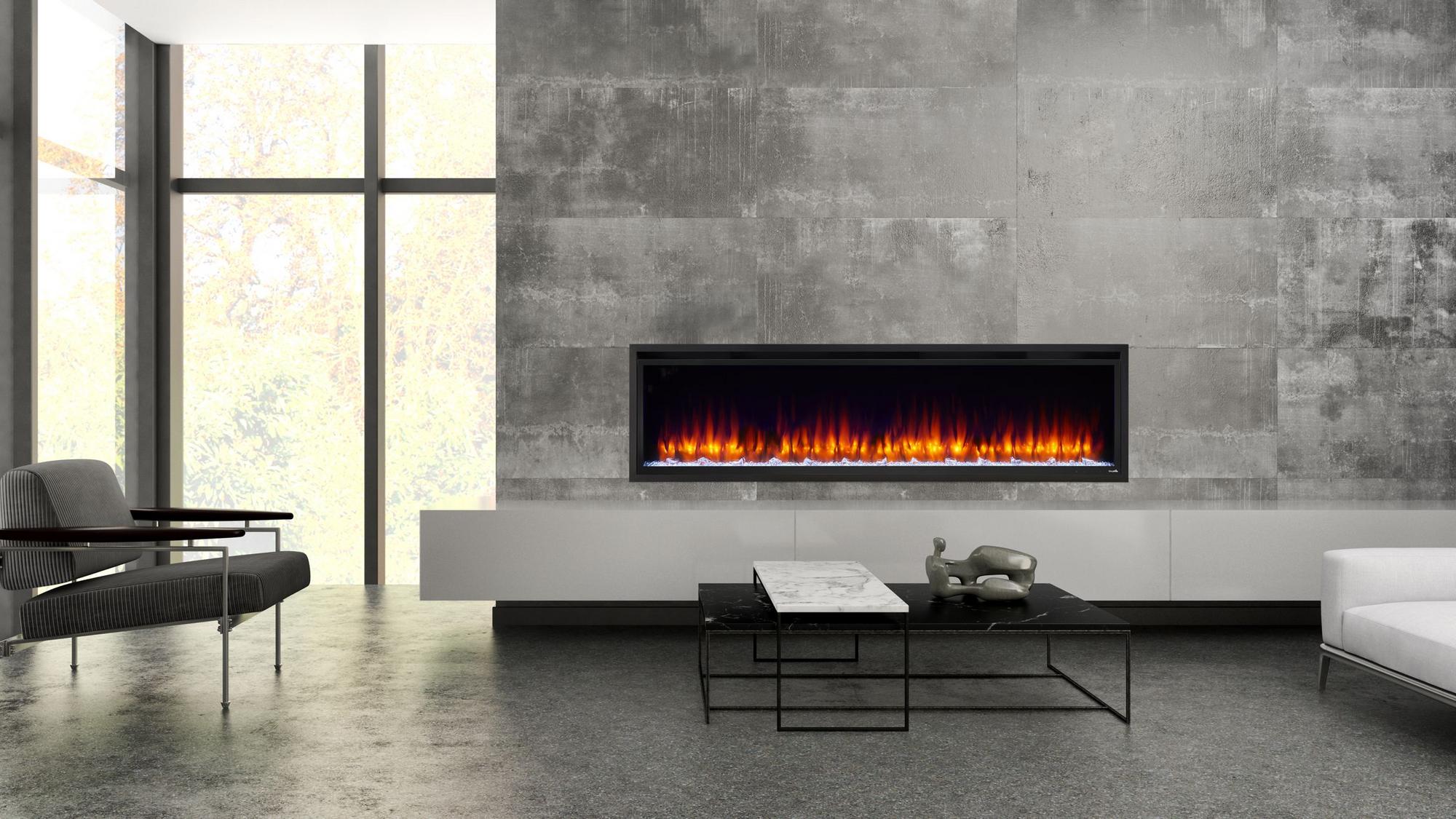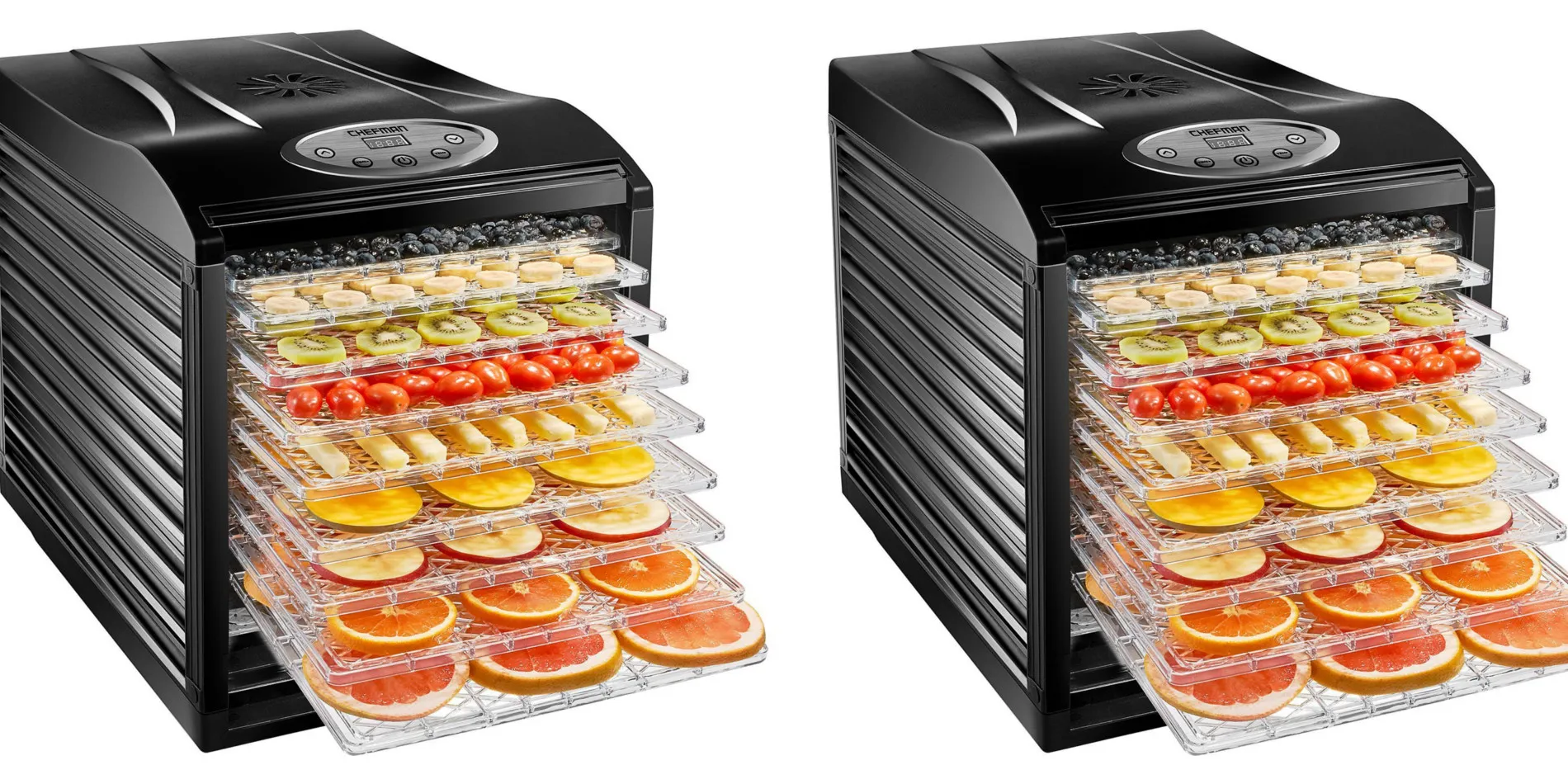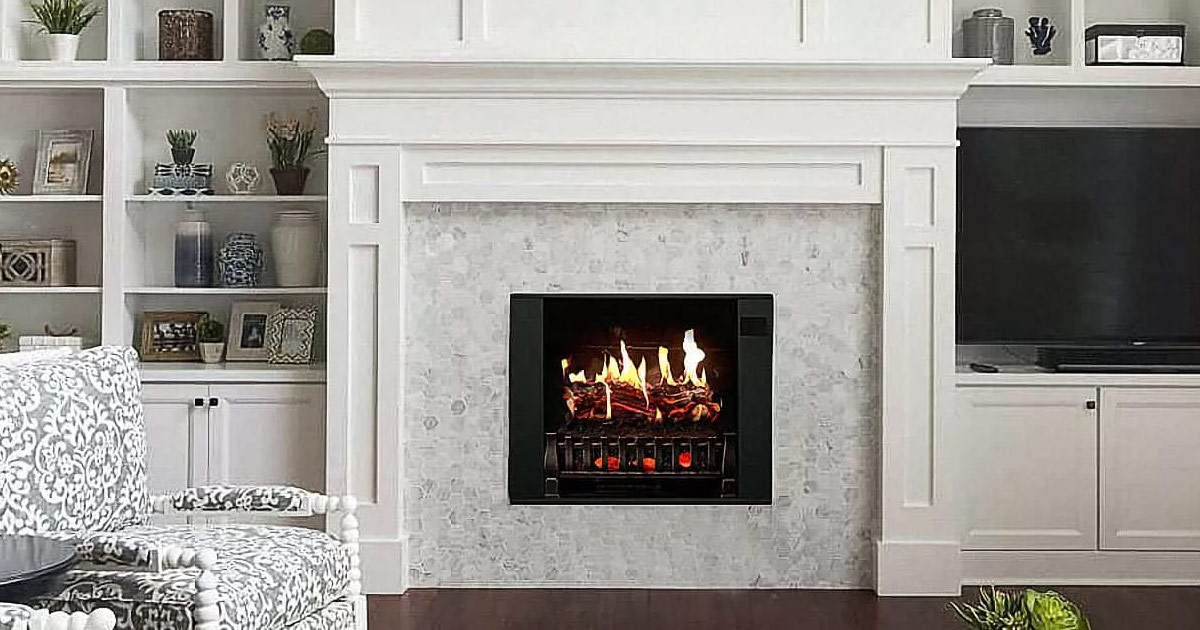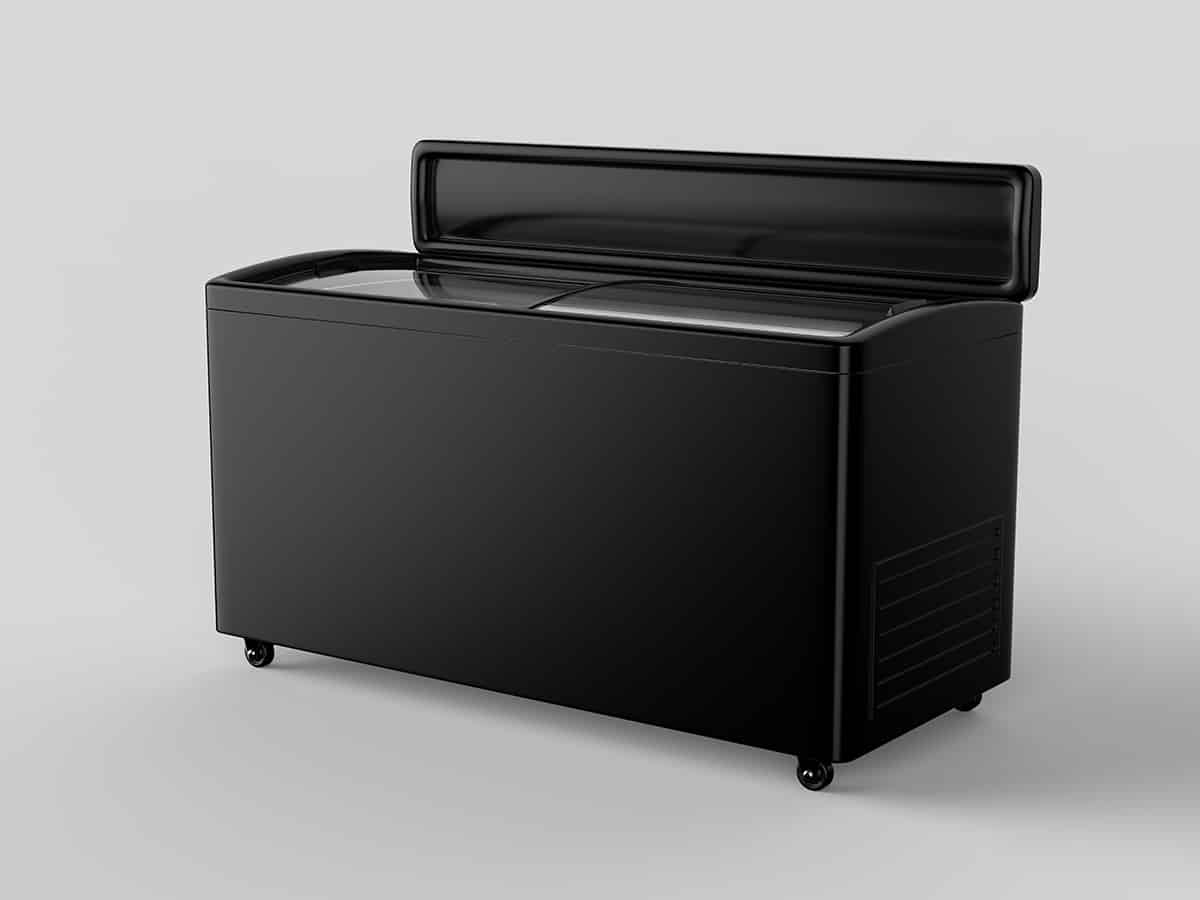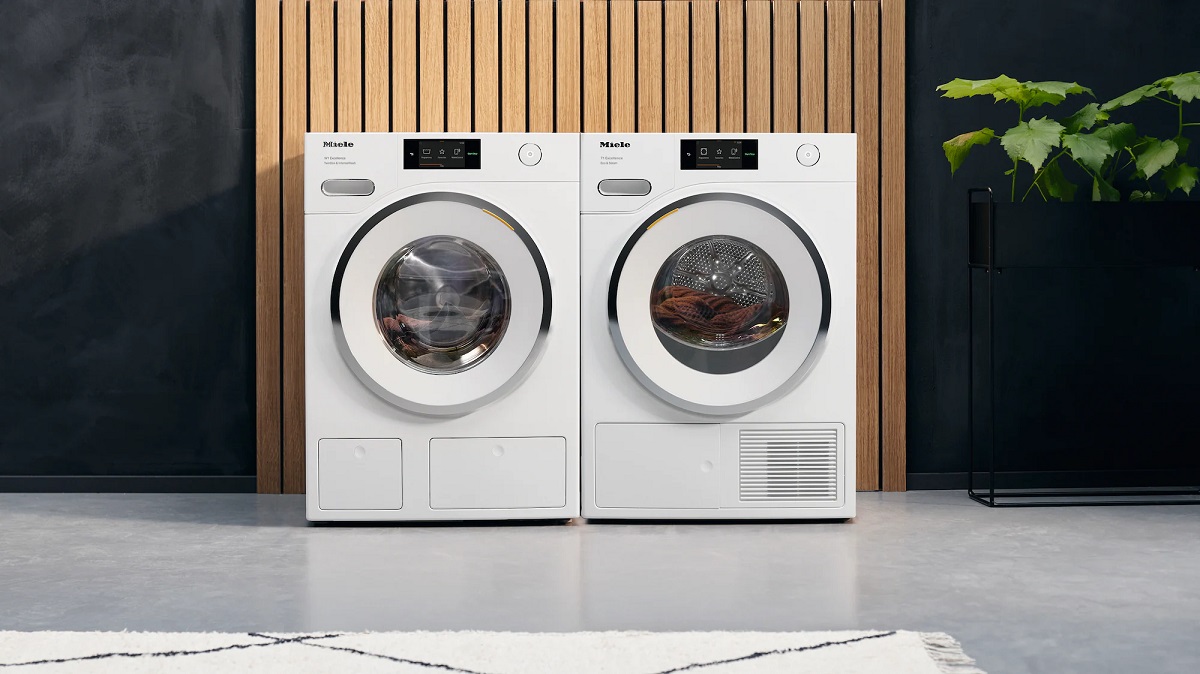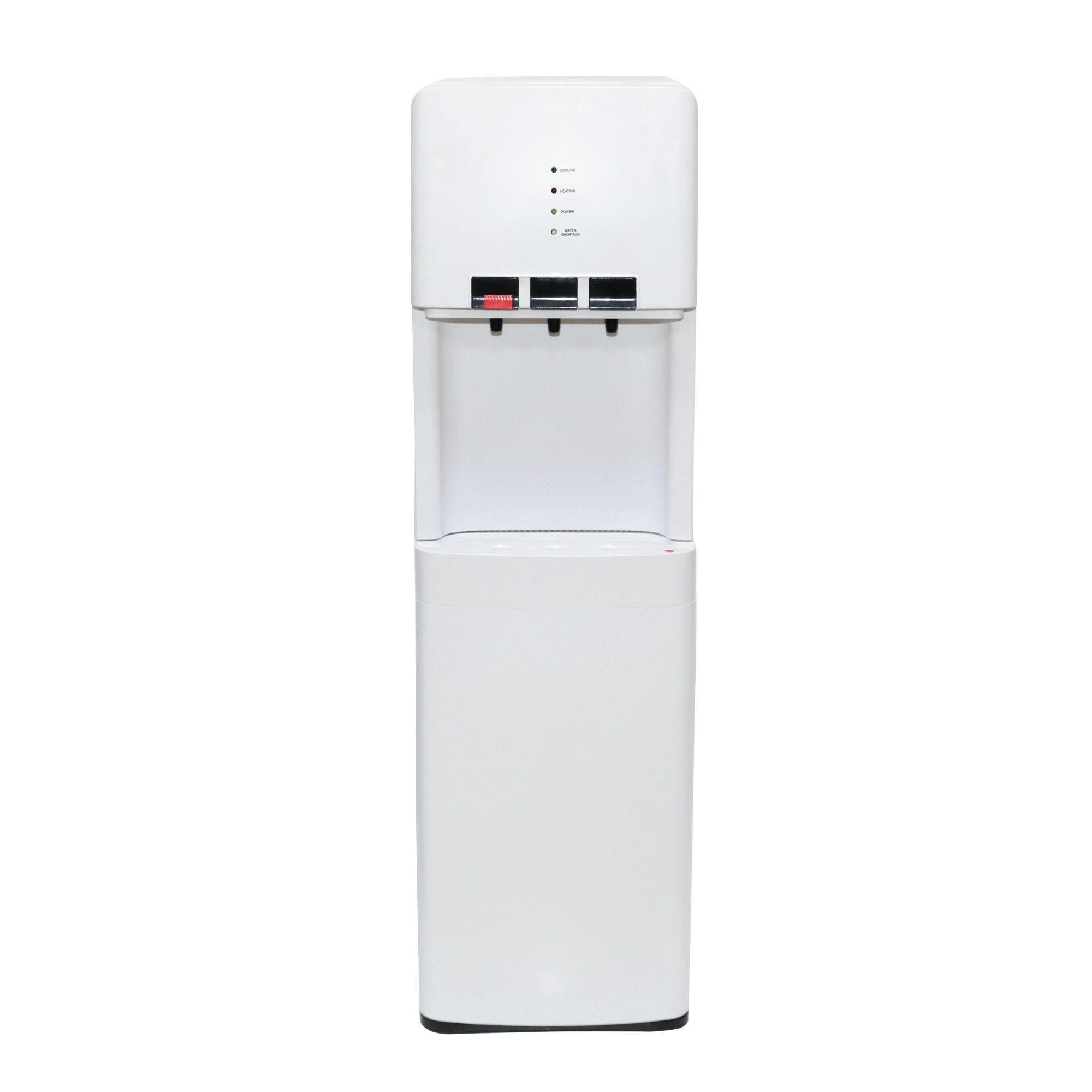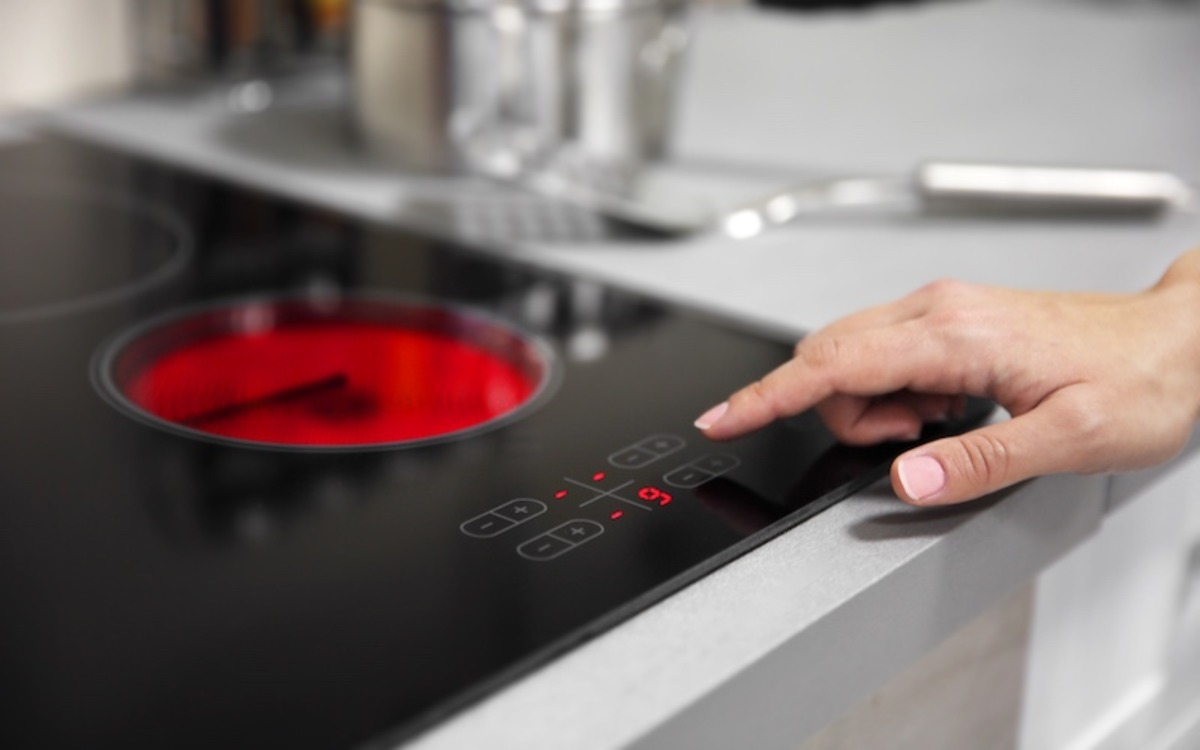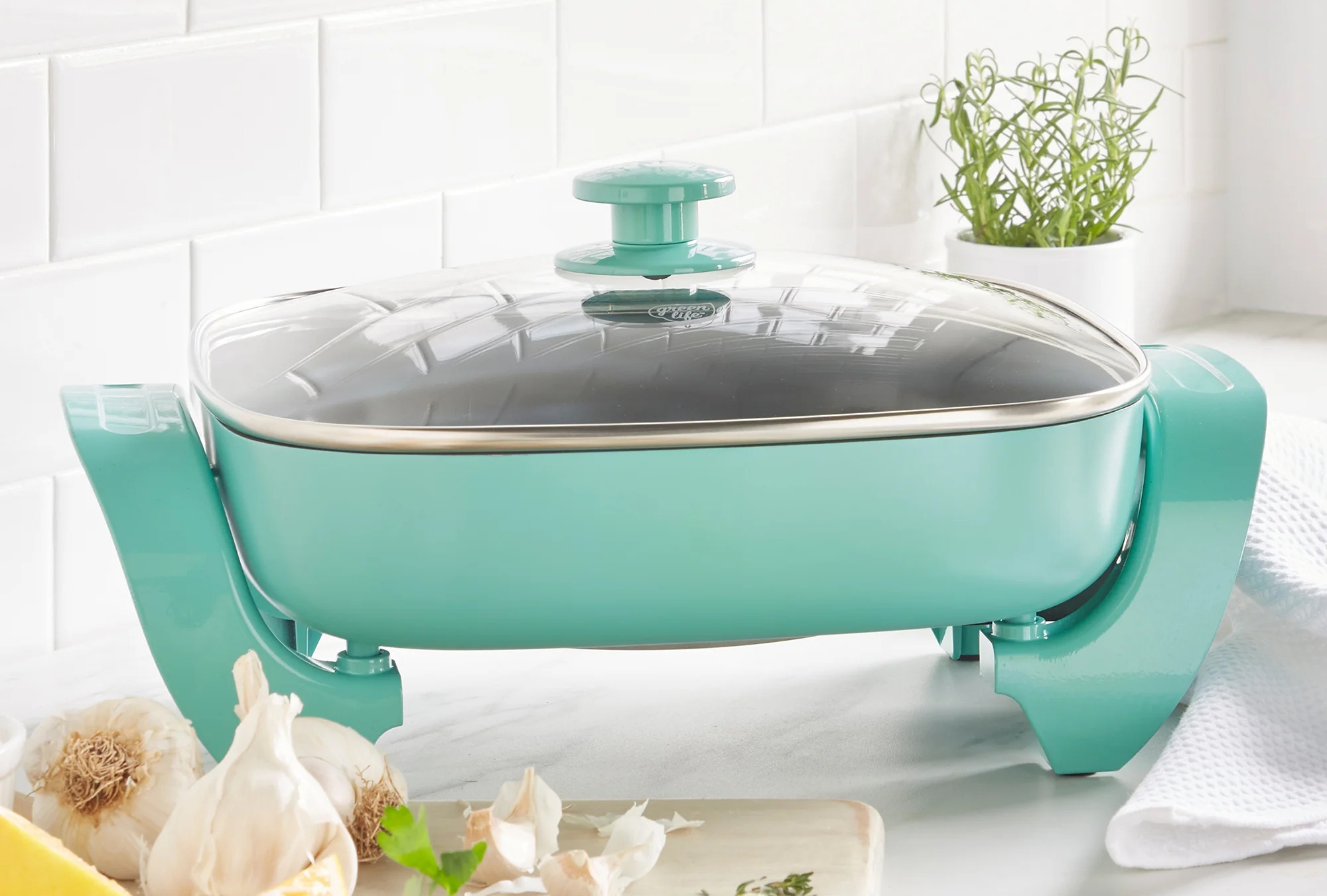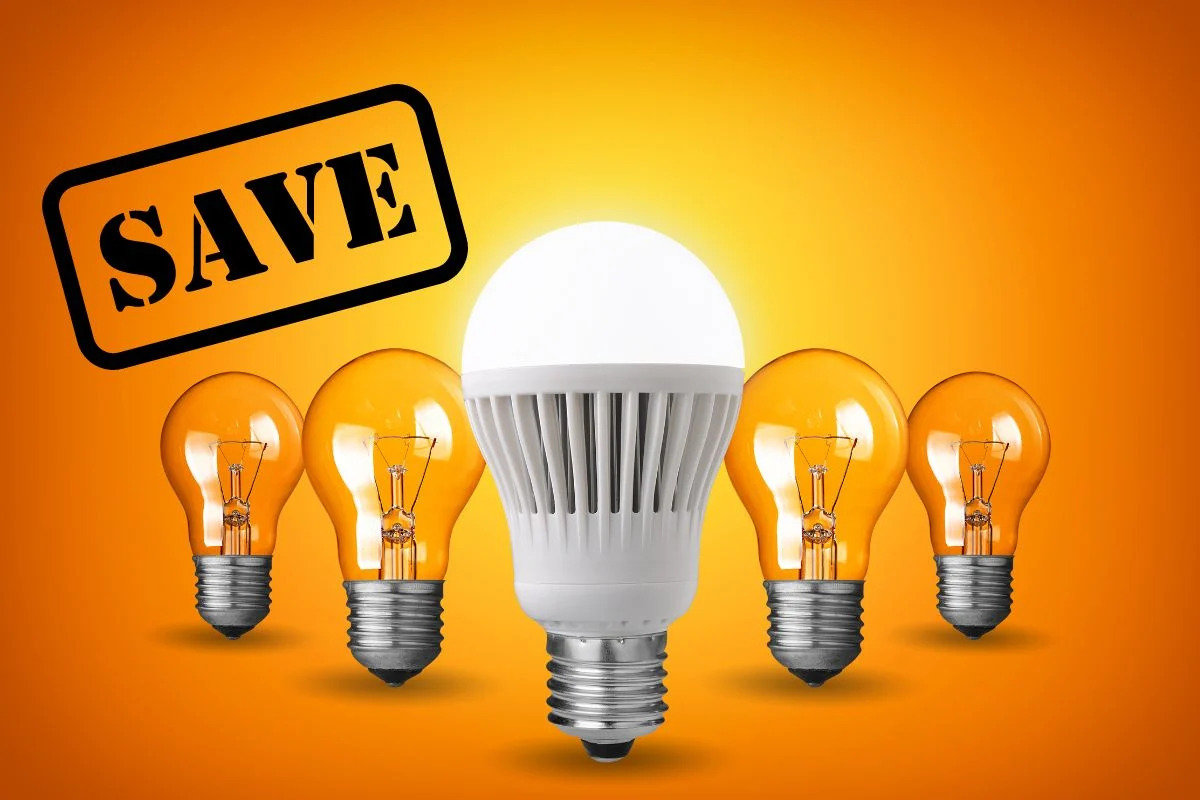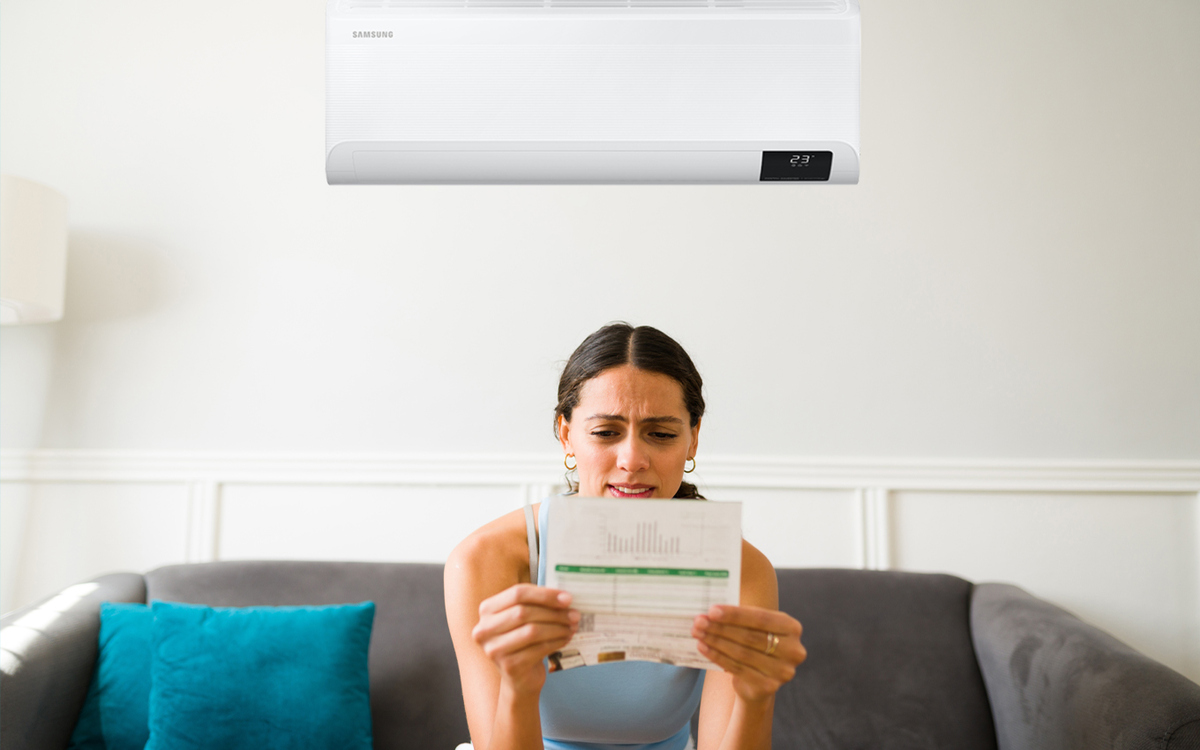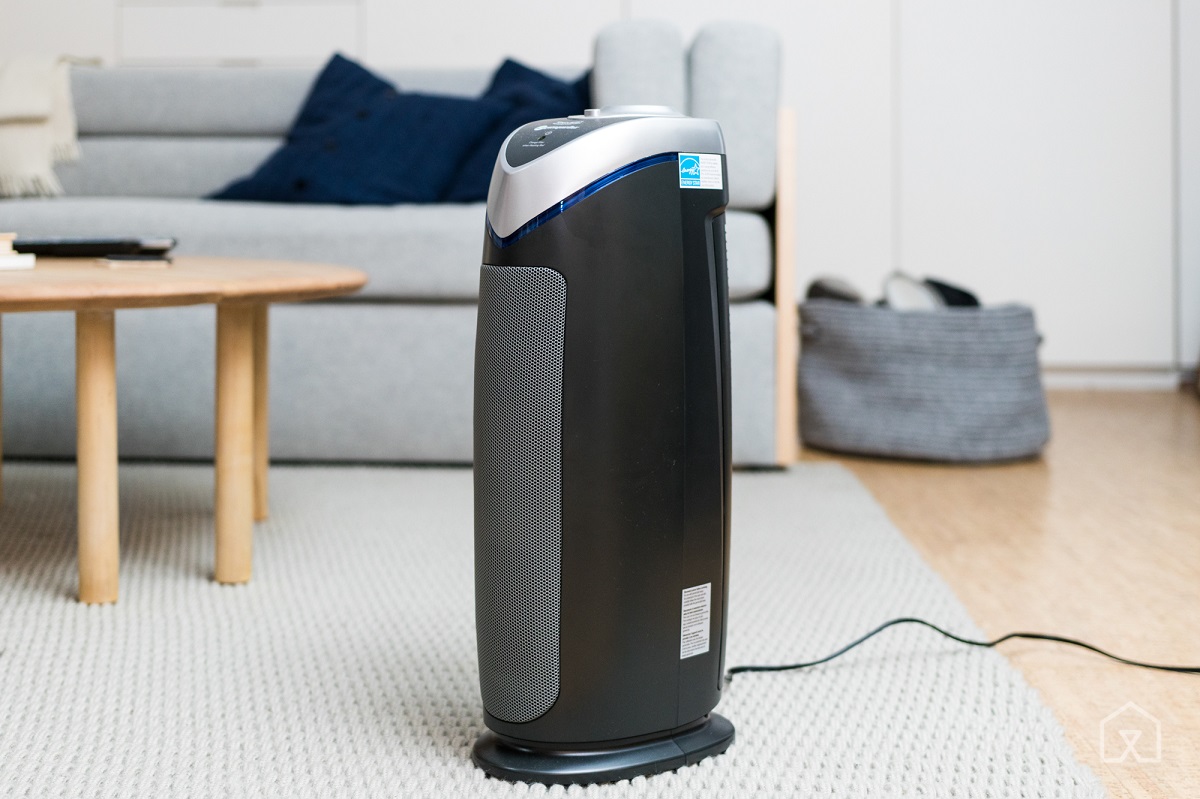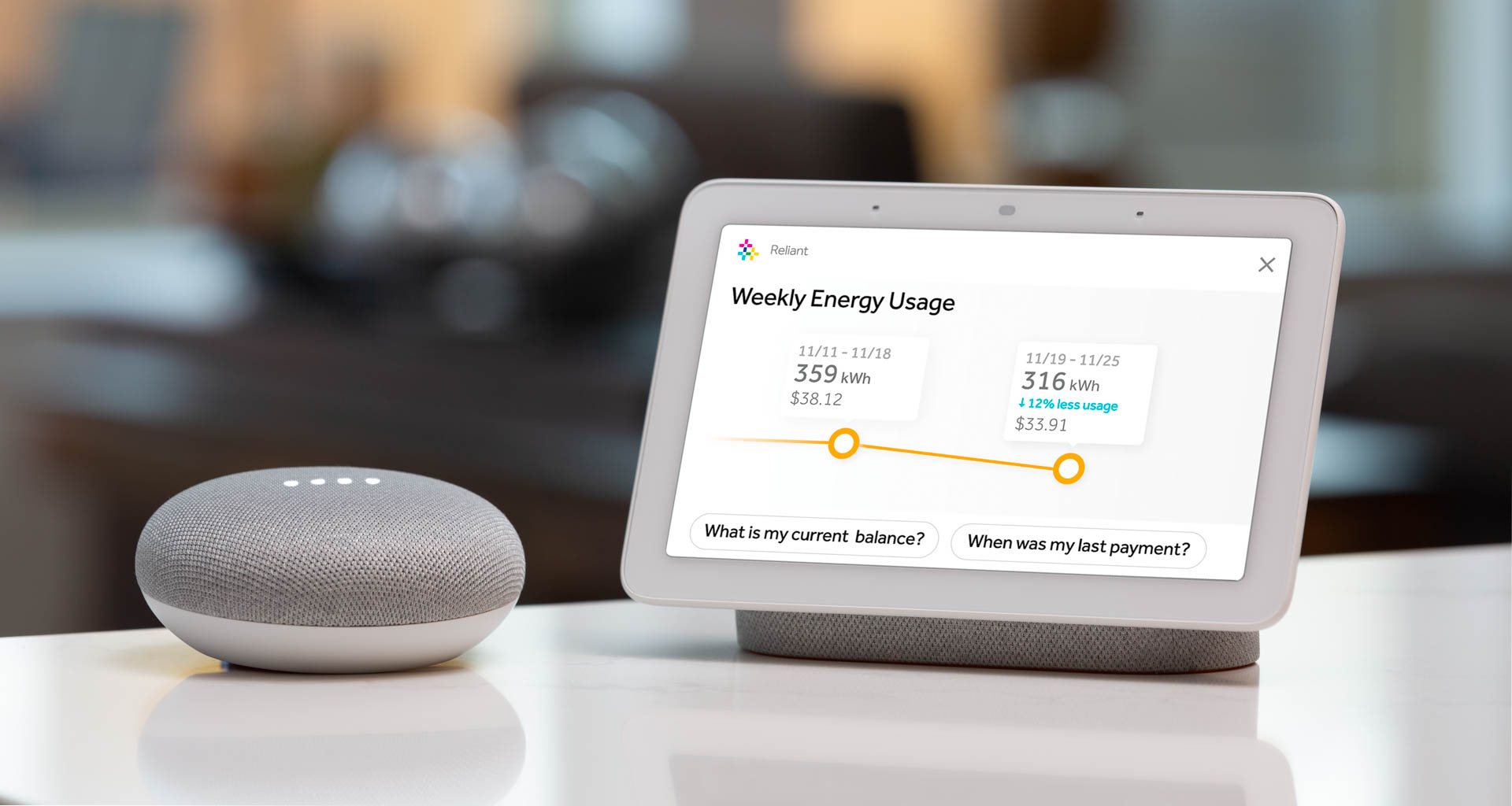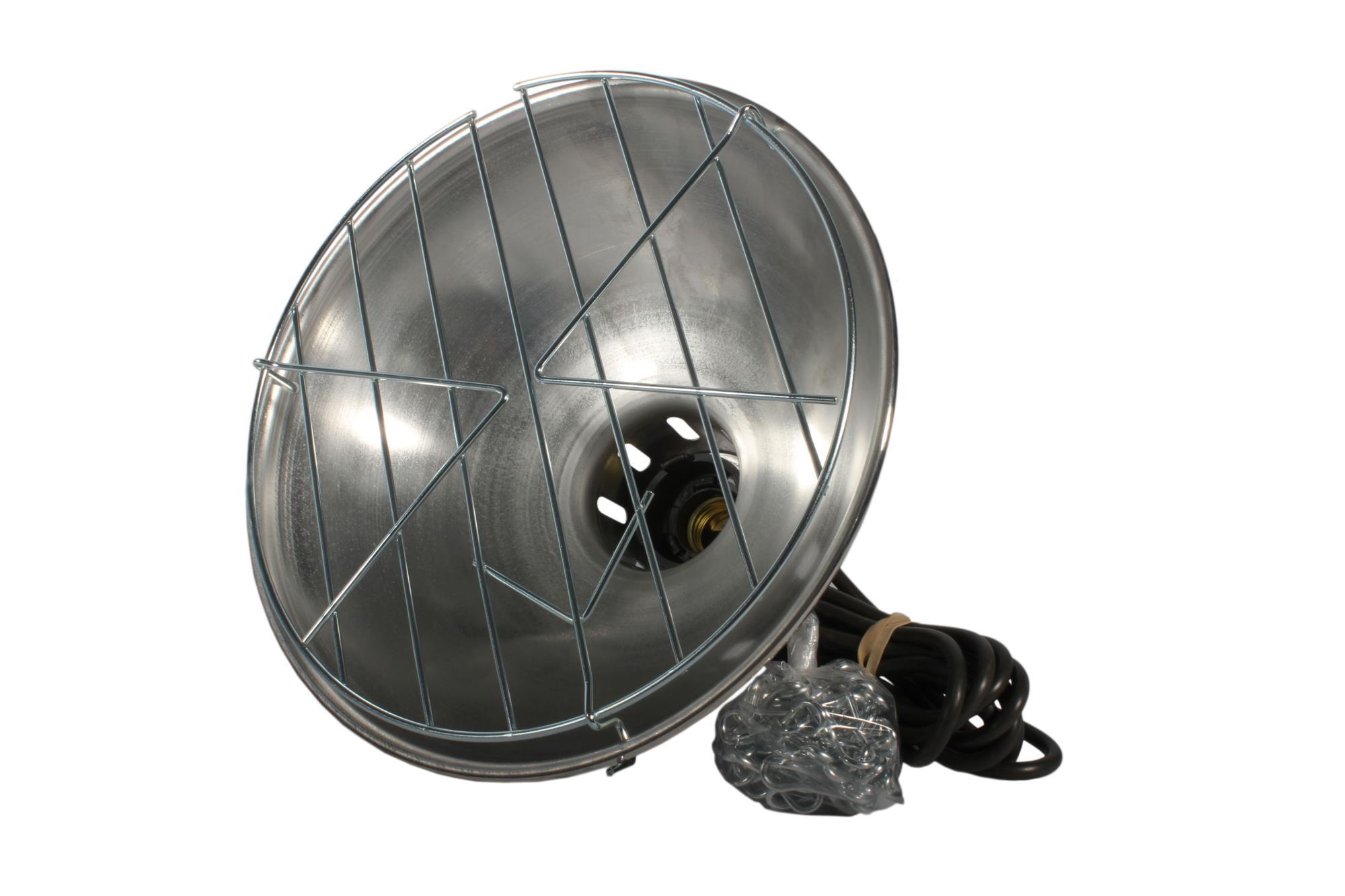

Furniture
How Much Electricity Does A Heat Lamp Use
Modified: January 3, 2024
Find out how much electricity a heat lamp uses for your furniture. Learn how to save energy and reduce costs with our guide.
(Many of the links in this article redirect to a specific reviewed product. Your purchase of these products through affiliate links helps to generate commission for Storables.com, at no extra cost. Learn more)
Introduction
Welcome to our comprehensive guide on the electricity usage of heat lamps. If you have ever used a heat lamp or are considering purchasing one, it’s important to understand its energy consumption and efficiency. Heat lamps are commonly used in various applications like providing warmth in outdoor spaces, helping with reptile care, or even in salons for therapeutic purposes.
Heat lamps work by emitting infrared radiation, which generates heat and helps increase the temperature of a targeted area. While these lamps offer a convenient and effective way to create warmth, it’s essential to be mindful of their electricity usage to avoid surprises on your monthly energy bill.
In this article, we will explore the factors that determine the electricity usage of heat lamps, typical power consumption, and provide tips to save energy and reduce costs. So, let’s dive in and gain a clear understanding of how much electricity a heat lamp uses.
Key Takeaways:
- Heat lamps are efficient in delivering focused warmth, consuming less electricity than traditional heating methods. Factors like wattage, duration of use, and insulation impact their energy usage.
- To minimize electricity costs, use heat lamps strategically, consider insulation, and opt for energy-efficient bulbs. Implementing energy-saving tips can create a cozy environment while reducing energy consumption.
Read more: How Much Electricity Does Air Heating Use
What is a Heat Lamp?
A heat lamp is a specialized lamp that emits heat through infrared radiation. It consists of a high-wattage incandescent bulb or a halogen bulb enclosed in a protective housing. The primary purpose of a heat lamp is to generate and radiate heat in a concentrated area.
Heat lamps are commonly used in various settings to provide warmth and create a comfortable environment. They find applications in outdoor spaces, such as patios or outdoor dining areas, where people gather during chilly evenings. Heat lamps are also utilized in pet care, especially for reptiles that require a specific temperature range to thrive. Furthermore, heat lamps are frequently used in salons for therapeutic purposes like providing pain relief or relaxation.
One of the key advantages of heat lamps is their ability to deliver immediate, focused heat. Unlike conventional heating systems, which warm the surrounding air, heat lamps directly heat the objects and individuals within their range. This targeted heating allows for efficient energy usage and quick warmth.
Heat lamps are available in various shapes and sizes to suit different applications. Some come with adjustable necks or stands for easy positioning and directing the heat where it is needed the most. Moreover, they often have safety features like heat-resistant materials and guards to prevent accidental burns.
Now that we have a basic understanding of what heat lamps are and how they work, let’s explore their efficiency and factors that can impact their electricity usage.
Efficiency of Heat Lamps
When it comes to evaluating the efficiency of heat lamps, it’s essential to consider two key factors: the amount of heat generated and the electricity consumed. Efficiency in this context refers to how well a heat lamp converts electrical energy into heat energy.
Heat lamps are generally designed to be highly efficient in terms of converting electricity into heat. Unlike traditional light bulbs that emit light as their primary function, heat lamps prioritize the production of heat. As a result, heat lamps are built with high-wattage bulbs that emit a significant amount of infrared radiation, which is responsible for generating the heat.
Compared to other heating methods, such as space heaters or central heating systems, heat lamps can be more efficient in certain scenarios. This efficiency arises from their ability to deliver focused heat directly to the desired area, rather than heating the entire space. For example, if you’re spending time on a patio and only require warmth in a specific seating area, a heat lamp can provide targeted heat without wasting energy heating the surrounding air.
It’s important to note that the efficiency of heat lamps can vary depending on several factors. The quality of the lamp, its design, and the type of bulb used can all impact its overall efficiency. High-quality heat lamps with energy-efficient bulbs tend to provide better performance while consuming less electricity.
Another consideration for efficiency is the insulation of the space being heated. If the area is well-insulated, the heat generated by the lamp will be retained more effectively, leading to greater efficiency. On the other hand, in poorly insulated spaces, the heat may dissipate quickly, requiring the heat lamp to work harder and consume more electricity to maintain the desired temperature.
Overall, heat lamps can be an efficient heating option in specific situations, providing targeted warmth and often consuming less electricity compared to other heating methods. However, it’s crucial to understand the factors that affect their electricity usage to ensure optimal energy efficiency. In the next section, we will explore these factors in more detail.
Factors That Affect Electricity Usage
The electricity usage of a heat lamp can be influenced by several factors. Understanding these factors will help you gauge the energy consumption of a heat lamp and make informed decisions about its usage. Here are some key factors that can affect the electricity usage of a heat lamp:
- Wattage of the bulb: The wattage of the bulb is one of the primary determinants of electricity usage. Heat lamps typically use high-wattage bulbs, ranging from 250 watts to 500 watts or more, to generate sufficient heat. Higher wattage lamps will consume more electricity compared to lower wattage ones.
- Duration of use: The length of time you use a heat lamp directly affects its electricity usage. The longer the lamp is turned on, the more electrical energy it will consume. It’s important to consider when and for how long you need the heat lamp to be active to avoid unnecessary energy consumption.
- Heat output settings: Some heat lamps come with adjustable heat output settings, allowing you to control the intensity of heat generated. Higher heat settings will consume more electricity compared to lower settings since they require more energy to produce the desired level of warmth.
- Insulation of the space: The insulation of the area being heated can impact the electricity usage of a heat lamp. Well-insulated spaces retain heat better, requiring the heat lamp to work less and consume less electricity. In contrast, poorly insulated spaces may result in heat loss, causing the heat lamp to operate for longer periods and consume more energy.
- Distance and angle: The distance between the heat lamp and the target area, as well as the angle at which the lamp is positioned, can affect its efficiency and electricity usage. Placing the lamp closer to the desired objects or individuals allows for more focused heating and reduces the need for the lamp to run at its maximum capacity.
- Environmental conditions: The ambient temperature and humidity of the surroundings can impact the electricity usage of a heat lamp. In colder environments or high humidity conditions, the heat lamp may need to work harder to maintain the desired temperature, leading to increased electricity consumption.
By considering these factors, you can better estimate the electricity usage of a heat lamp and make adjustments to optimize energy efficiency. In the next section, we will explore the typical power consumption of heat lamps to provide you with a better understanding of their energy requirements.
To calculate the electricity usage of a heat lamp, multiply the wattage of the lamp by the number of hours it is used, then divide by 1000 to get the kilowatt-hours. This will give you an estimate of the electricity consumption.
Typical Power Consumption of Heat Lamps
The power consumption of heat lamps can vary depending on several factors, including the wattage of the bulb, the duration of use, and the heat output settings. Let’s take a look at the typical power consumption of heat lamps based on these factors.
The wattage of the bulb is a crucial factor in determining the power consumption of a heat lamp. Most heat lamps use bulbs with wattages ranging from 250 watts to 500 watts or even higher. The higher the wattage, the more electricity the lamp will consume. For example, a heat lamp with a 250-watt bulb will use less power than a heat lamp with a 500-watt bulb when operated for the same duration.
The duration of use also plays a significant role in power consumption. The longer the heat lamp is turned on, the more electricity it will consume. It’s important to consider the specific needs of your situation to determine the appropriate duration of use. For instance, if you’re using a heat lamp on a patio during the evenings, you might only need it for a few hours, whereas a heat lamp for reptile care might need to operate for longer periods to maintain the required temperature in the enclosure.
Adjustable heat output settings can affect power consumption as well. Higher heat settings will consume more electricity to generate greater warmth. It’s worth noting that in some cases, a heat lamp may have a lower power consumption when operating at lower heat settings. Therefore, it’s beneficial to use the appropriate heat output based on your specific requirements to optimize energy usage.
Generally, a heat lamp with a 250-watt bulb operated for 5 hours per day can consume approximately 1.25 kWh (kilowatt-hour) of electricity. Keep in mind that this is just an estimate, and the actual power consumption may vary depending on the factors mentioned earlier.
It’s important to monitor your energy usage closely, especially if you’re planning to use multiple heat lamps or have them running for extended periods. By keeping track of your power consumption, you can make informed decisions and take steps to minimize energy usage.
In the next section, we will discuss how you can estimate the electricity costs associated with using heat lamps and provide some energy-saving tips to help reduce your overall expenses.
Read more: How Much Electricity Does A Lava Lamp Use?
Estimating Electricity Costs
Estimating the electricity costs associated with using heat lamps is essential to budgeting and understanding the financial impact of their usage. To calculate the electricity costs, you need to consider the wattage of the heat lamp, the number of hours it operates, and the cost of electricity per kilowatt-hour (kWh) in your area.
To start, determine the wattage of the heat lamp’s bulb. This information is typically provided by the manufacturer or can be found on the packaging. For example, let’s say you have a heat lamp with a 250-watt bulb.
Next, determine the number of hours per day that the heat lamp is operational. If you’re using it for outdoor heating purposes in the evenings, you might have it running for 3 hours each night.
Now, find out the cost of electricity per kWh in your area. This information can usually be found on your utility bill or by contacting your electricity provider. Let’s assume the cost is $0.15 per kWh.
To calculate the daily electricity usage, multiply the wattage of the heat lamp by the number of hours it operates. In this example, it would be 250 watts multiplied by 3 hours, equaling 750 watt-hours (or 0.75 kilowatt-hours).
To find the daily electricity cost, multiply the daily electricity usage by the cost per kWh. In this case, it would be 0.75 kWh multiplied by $0.15, resulting in a daily cost of $0.1125.
For a monthly estimate, multiply the daily cost by the number of days you use the heat lamp in a month. If you use the heat lamp for 20 days in a month, the estimated monthly cost would be $0.1125 multiplied by 20, equaling $2.25.
Keep in mind that this is just an estimate, and actual electricity costs may vary depending on factors such as electricity rates and usage patterns. It’s advisable to track your energy usage and refer to your utility bills for a more accurate assessment of the costs associated with using heat lamps.
Now that we’ve covered estimating electricity costs, let’s explore some energy-saving tips to help reduce your overall expenses while using heat lamps.
Energy-Saving Tips for Using Heat Lamps
To make the most of your heat lamps while minimizing energy consumption and reducing costs, consider implementing these energy-saving tips:
- Use heat lamps only when necessary: Assess the specific times and situations in which you need the heat lamp. Avoid keeping it on when it’s not in use or when the area doesn’t require additional warmth.
- Position the heat lamp strategically: Proper placement of the heat lamp can enhance its efficiency. Direct the lamp towards the targeted area and ensure that it is positioned at an optimal distance to provide sufficient warmth.
- Consider insulation: Improve the insulation of the space where the heat lamp is used. Properly insulating walls, windows, and doors can help retain heat and minimize heat loss, allowing the heat lamp to operate more efficiently.
- Use timers or sensors: Install timers or motion sensors to automatically control the operation of the heat lamp. This ensures that it is only active when needed, preventing unnecessary energy consumption.
- Combine with other heating methods: Instead of solely relying on heat lamps, consider using them in conjunction with other heating methods such as blankets, insulated clothing, or space heaters to minimize the reliance on the heat lamp.
- Choose energy-efficient bulbs: Opt for energy-efficient bulbs with lower wattages or LED bulbs that consume less electricity while still providing adequate warmth. These bulbs can help reduce energy consumption without compromising on the heating capabilities.
- Maintain and clean the heat lamp: Regularly clean the heat lamp and its reflectors to remove any dust or debris that may obstruct the heat output. A clean heat lamp will operate more efficiently and effectively.
- Consult with an expert: If you’re unsure about the energy efficiency of your heat lamp or need advice on optimizing its usage, consider consulting with a heating professional or an energy specialist who can provide valuable insights and recommendations tailored to your specific needs.
By following these energy-saving tips, you can reduce your overall energy consumption and lower the associated costs of using heat lamps. Not only will this benefit your wallet, but it will also contribute to a more sustainable and eco-friendly approach to heating.
As we conclude, it’s important to find the right balance between comfort and energy efficiency when using heat lamps. By being mindful of your energy usage and implementing these tips, you can create a warm and cozy environment while minimizing unnecessary electricity consumption.
Conclusion
Heat lamps are a convenient and effective solution for providing warmth in various settings, including outdoor spaces, reptile care, and therapeutic applications. Understanding the electricity usage of heat lamps is crucial for both budgeting and minimizing energy consumption. By considering factors such as the wattage of the bulb, duration of use, heat output settings, insulation, distance, and environmental conditions, you can estimate the power consumption and associated costs more accurately.
Efficiency is a key aspect of heat lamps, as they are designed to generate focused heat. Their ability to deliver immediate warmth to specific areas can make them more energy-efficient compared to traditional heating methods that warm the entire space. However, optimizing energy efficiency requires careful consideration of usage patterns and implementing energy-saving practices.
When it comes to estimating electricity costs, factors such as wattage, duration of use, and electricity rates in your area play a significant role. By calculating your energy usage and monitoring your utility bills, you can have a better understanding of the actual costs associated with using heat lamps.
To minimize energy consumption while using heat lamps, it is advisable to use them only when needed, position them strategically, improve insulation, use timers or sensors, consider combining heating methods, opt for energy-efficient bulbs, and maintain the heat lamps properly. These proactive measures can help reduce energy usage and contribute to a more sustainable approach to heating.
In conclusion, heat lamps provide an effective solution for generating warmth in various settings. By understanding their electricity usage, practicing energy-saving habits, and optimizing efficiency, you can create a comfortable environment while minimizing energy consumption and reducing costs in the long run.
Frequently Asked Questions about How Much Electricity Does A Heat Lamp Use
Was this page helpful?
At Storables.com, we guarantee accurate and reliable information. Our content, validated by Expert Board Contributors, is crafted following stringent Editorial Policies. We're committed to providing you with well-researched, expert-backed insights for all your informational needs.
